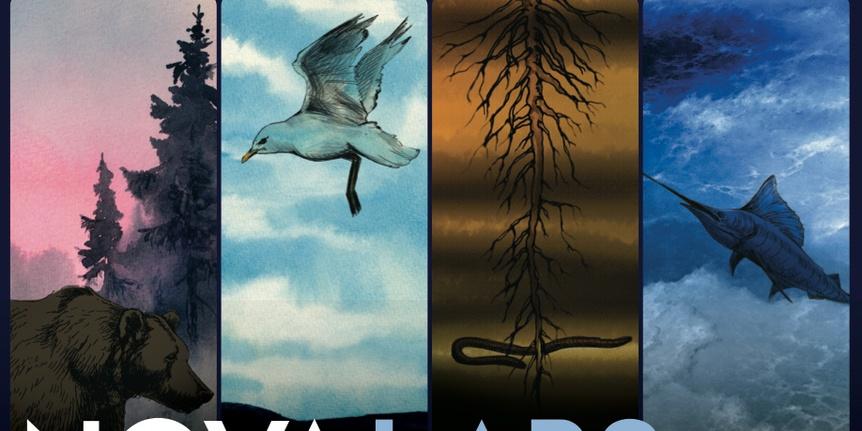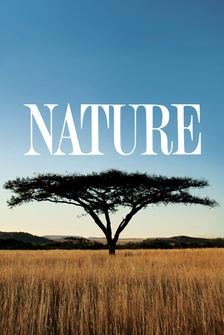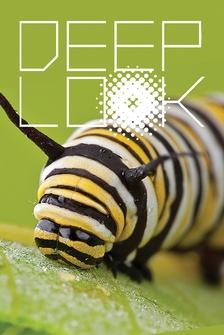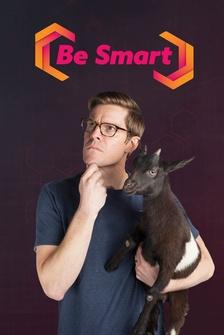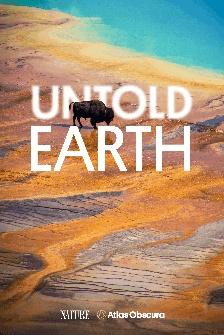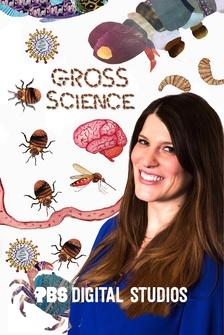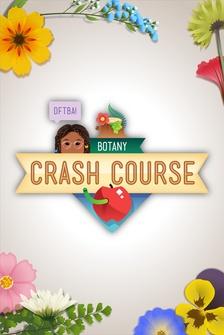(gentle music) - We're currently in a mega drought because we have had an unusually low amount of precipitation and increased temperature that is of record for the last at least over 1,200 years.
My name is Karletta Chief, and I am a citizen of the Navajo Nation.
I am to Todichiinii born for To'ahani.
I'm the Director of the Indigenous Resilience Center and Professor and Extension Specialist in environmental science at the University of Arizona.
Three of my clans are water based, and that all extends to traditional stories, my ancestors, my relatives, but also to my children.
The Colorado River is the lifeblood of the Western United States, where it involves many states from Wyoming to Montana, Colorado, and literally all the way down to Mexico.
And scientists have been able to find these times in the past by looking at air temperatures in ice cores as well as looking at the soil and tree rings, and using those environmental indicators to see that there have been times where there have been very long periods of drought.
(gentle music continues) The snow pack in the southwest is really important to supplying water to the Colorado River.
The snow pack is vulnerable to changing climate as well as the form of precipitation that it's in, in terms of the snow water content.
And when you have times of increased temperature, then the snow water content is lower, and that snow is able to melt faster.
So with all of those combined factors, it really changes the amount of water we have, where it is and the timing that it goes into the river.
(gentle music) We as indigenous people have stories that trace back to thousands of years, and those sustainable practices are still within our everyday life and our belief systems.
They were the scientists.
They saw the growth of plants, wildlife.
Because they were deeply attuned to their natural environment, they were able to notice when the environment was changing.
They were able to adapt as things changed.
To many of the tribes that live along the Colorado River, the water is sacred.
And so when it comes to climate change, oftentimes, the indigenous view is to protect the water for the use of all species.
So the human person is one user within that ecosystem.
(gentle music) So in the Dine worldview, the water is a living entity.
It has a personhood, and it even has a personhood to the point that there is a male entity and a female entity.
And the male and female have different roles and they create that balance between the two.
So the water flows through the canyon walls and the river, and has eyes and ears, and it moves.
It's a holistic view of the entire ecosystem and the river basin, where the human person is the one species of many different species that depend on this river.
When you take a step back and you think about water management, it has to include water for the environment in addition to water for the people.
We have a duty as the five finger person to be able to reduce our water usages for the environment.
(gentle music continues) (gentle music continues) For indigenous peoples, technology can be a very sensitive topic because it is in contrast to their worldview in the sense that the environment air, the sun, the land, soil are sacred.
Technology tends to introduce the controlling of the sacred entity.
And is that the right of us as humans to begin to try to control these sacred entities?
The traditional agriculture that tribes use today is one way that tribes have lived sustainably while being able to optimize the water that they use to grow food.
For example, Hopi people, they have traditional agriculture as well as the Navajo people, the Gila River Indian community, and so many more in which they save seeds, heirloom seeds through many generation and being able to increase the resilience of their seeds through these droughts.
(gentle music continues) (gentle music continues) And that's why it's really important when technology is being developed, that the people are engaged in the co-design of these technologies.
I think one of the lessons that we can learn from our ancestral relatives is their ability to think generations ahead.
Our decisions have a cascading impact to our children, our great-grandchildren, and their great-grandchildren.
It's really not just living for today, but living for tomorrow.
(gentle music continues) (no audio)


